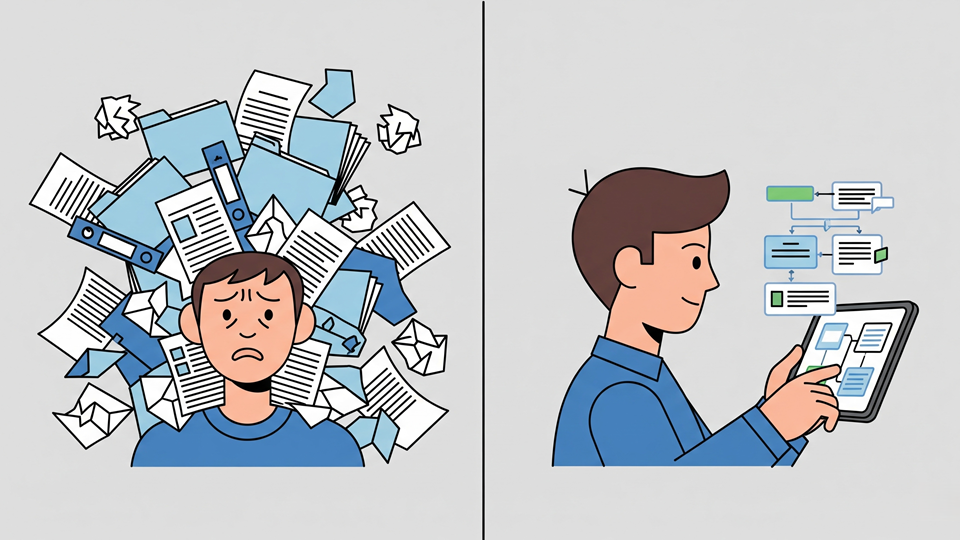Introduction
In today's rapidly evolving business environment, growth-oriented companies can struggle to keep pace with talent demands. Without a recruitment strategy built to scale, organizations risk bottlenecks, quality compromises and missed opportunities. This article outlines how you can design a recruitment strategy that grows alongside your business, using real-world examples, data insights and actionable tips.
Assess Your Future Hiring Needs
Any scalable strategy begins with a clear view of future demand. Ask: How many roles will we need in 6-12 months? Which functions will expand most rapidly? What skills are likely to become critical? For example, one case study found that organizations building scalable recruitment solutions achieved up to a 40-50% improvement in new-hire performance metrics while reducing screening time by 50-75%.
Tip: Create a simple hiring forecast table that lists role categories, quarter by quarter headcount growth, expected time to hire, and ideal candidate profiles.
Define Your Talent Architecture and Workflow
Document your workflow
When growth accelerates, undefined or informal processes collapse. According to industry analysis, organizations whose hiring process lacks structure often struggle to scale. You'll need to map out everything from job requisition, job description writing, sourcing channels, candidate screening, interviews, offers, onboarding and beyond.
Tip: Use a simple flowchart: Requisition → Sourcing → Screening → Interviewing → Offer → Onboarding. Identify hand-off points and approval loops.
Design scalable roles and profiles
Rather than crafting one-off job descriptions each time, develop role families and career ladders. For example, “Junior Software Engineer → Software Engineer → Senior Software Engineer” with defined competencies helps you recruit, evaluate and promote consistently.
Build a Robust Sourcing and Pipeline Strategy
Waiting for job postings to generate applicants is a reactive model, and a slow one. A proactive talent pipeline enables you to stay ahead. For example, companies using structured early-talent strategies engaged students via simulations and achieved high conversion rates.
Tip: Create a “talent community” of prospects in key skill areas, engage them with regular updates, micro-learning, company news and keep them warm. Also diversify sourcing: internal referrals, social media recruiting, passive candidate outreach, talent events.
Leverage Technology and Automation Wisely
Scalable hiring often leans on technology: applicant tracking systems (ATS), candidate relationship management (CRM) platforms, chat-bots, and scheduling automation. However, automation does not replace human judgement. According to one study, 44% of AI hiring systems showed gender bias and 26% showed both gender and racial bias.
Tip: Automate administrative and repetitive tasks (e.g., resume parsing, interview scheduling, communications) but keep humans in the loop for engagement, culture fit and final decision-making.
Establish Metrics, Feedback Loops and Continuous Improvement
A scalable strategy isn't “set and forget”. You need to embed measurement and iteration. Key metrics might include time-to-fill, quality of hire (e.g., first-year retention, performance), cost-per-hire, candidate experience scores, and pipeline conversion rates. For example, forward-thinking firms believe analytics will be critical to recruitment strategy, with 85% of HR professionals rating it so.
Tip: Set monthly or quarterly review sessions, revisit metrics, identify bottlenecks (e.g., long screening lag, low interview-to-offer rate) and refine your process accordingly.
Align Recruitment Strategy with Employer Brand and Candidate Experience
As your business grows, your brand and candidate experience matter more than ever. Research shows companies that invest in employer branding saw 50% higher application rates and 35% lower cost-per-hire. When candidates move rapidly between opportunities, the ones that feel valued and treated respectfully will choose you.
Tip: Audit your candidate journey: how long between application and first contact? Are candidates kept informed? Do interviewers reflect your company culture? Provide feedback and transparent communication.
Scale Your Team and Partnerships Strategically
When hiring demand increases, internal recruitment teams alone may not suffice. Consider scalable partnerships: external recruiting support, embedded recruiters, or modular RPO (recruitment process outsourcing) models.
Tip: Define clear criteria for when to partner externally (e.g., > 20 open roles, highly specialised skills, urgent time-to-hire pressure) and establish service-level agreements (SLAs) and integration into your recruitment workflow.
Conclusion
Designing a recruitment strategy that scales with business growth is not optional, it's essential for companies that want to stay competitive. By forecasting your needs, documenting workflows, building pipelines, investing in technology wisely, measuring outcomes, reinforcing your employer brand and leveraging the right partnerships, you'll build a hiring engine that supports growth rather than chases it.
Start today: run your hiring forecast, map your process, and pick one metric to improve this quarter. With incremental effort, your recruitment strategy will evolve into a growth-multiplier.





